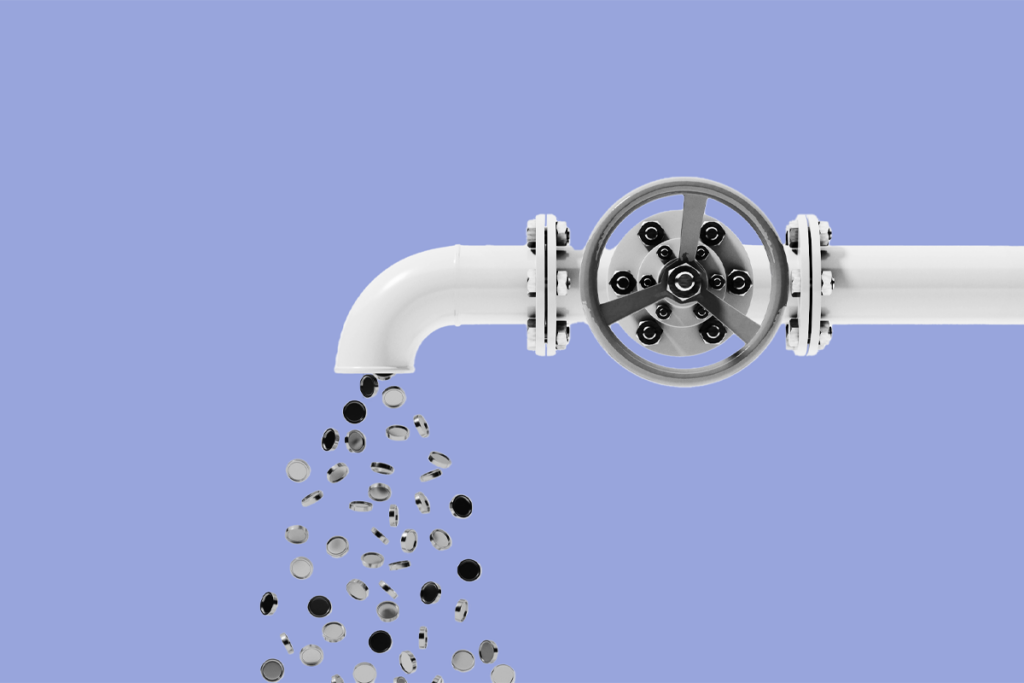ICHG 2011
Recent articles
Growth factor improves autism symptoms in mice
Mice lacking a copy of SHANK3, a gene associated with autism and intellectual disability, show marked improvements in brain signaling after being treated with insulin-like growth factor 1, according to unpublished findings presented Saturday at the International Congress of Human Genetics in Montreal, Canada.

Growth factor improves autism symptoms in mice
Mice lacking a copy of SHANK3, a gene associated with autism and intellectual disability, show marked improvements in brain signaling after being treated with insulin-like growth factor 1, according to unpublished findings presented Saturday at the International Congress of Human Genetics in Montreal, Canada.
Researchers debut mice with links to Williams syndrome
Mouse pups with a duplication of GTF2I, a gene linked to Williams syndrome and autism, show extreme separation anxiety when separated from their mothers, according to unpublished findings presented Thursday at the International Congress of Human Genetics in Montreal, Canada.

Researchers debut mice with links to Williams syndrome
Mouse pups with a duplication of GTF2I, a gene linked to Williams syndrome and autism, show extreme separation anxiety when separated from their mothers, according to unpublished findings presented Thursday at the International Congress of Human Genetics in Montreal, Canada.
Fast-evolving gene is key player in brain development
A gene that changed rapidly after the human genome diverged from that of Neanderthals plays a critical role in brain development, according to unpublished results presented Thursday at the International Congress of Human Genetics in Montreal, Canada.

Fast-evolving gene is key player in brain development
A gene that changed rapidly after the human genome diverged from that of Neanderthals plays a critical role in brain development, according to unpublished results presented Thursday at the International Congress of Human Genetics in Montreal, Canada.
Explore more from The Transmitter
Newly awarded NIH grants for neuroscience lag 77 percent behind previous nine-year average
Since President Donald Trump took office on 20 January, the National Institute of Neurological Disease and Stroke and the National Institute of Mental Health have awarded one quarter as many new grants as during the same two-month period, on average, since 2016.

Newly awarded NIH grants for neuroscience lag 77 percent behind previous nine-year average
Since President Donald Trump took office on 20 January, the National Institute of Neurological Disease and Stroke and the National Institute of Mental Health have awarded one quarter as many new grants as during the same two-month period, on average, since 2016.
Releasing the Hydra with Rafael Yuste
Losing HHMI Investigator status prompted Yuste to study neural networks in a new way.

Releasing the Hydra with Rafael Yuste
Losing HHMI Investigator status prompted Yuste to study neural networks in a new way.
Coding error caused layoffs at National Institute of Neurological Disorders and Stroke this week, source says
Thirty employees—including 11 lab heads—at the institute should “immediately return to work,” according to an email the institute’s Office of Human Resources sent to top administration at the institute Wednesday evening.

Coding error caused layoffs at National Institute of Neurological Disorders and Stroke this week, source says
Thirty employees—including 11 lab heads—at the institute should “immediately return to work,” according to an email the institute’s Office of Human Resources sent to top administration at the institute Wednesday evening.